A love letter to the panache and beauty of diagrams: OMA/AMO at the Prada Foundation in Venice
‘Diagrams’, an exhibition by AMO/OMA, celebrates the powerful visual communication of data as a valuable tool of investigation; we toured the newly opened show in Venice’s Prada Foundation
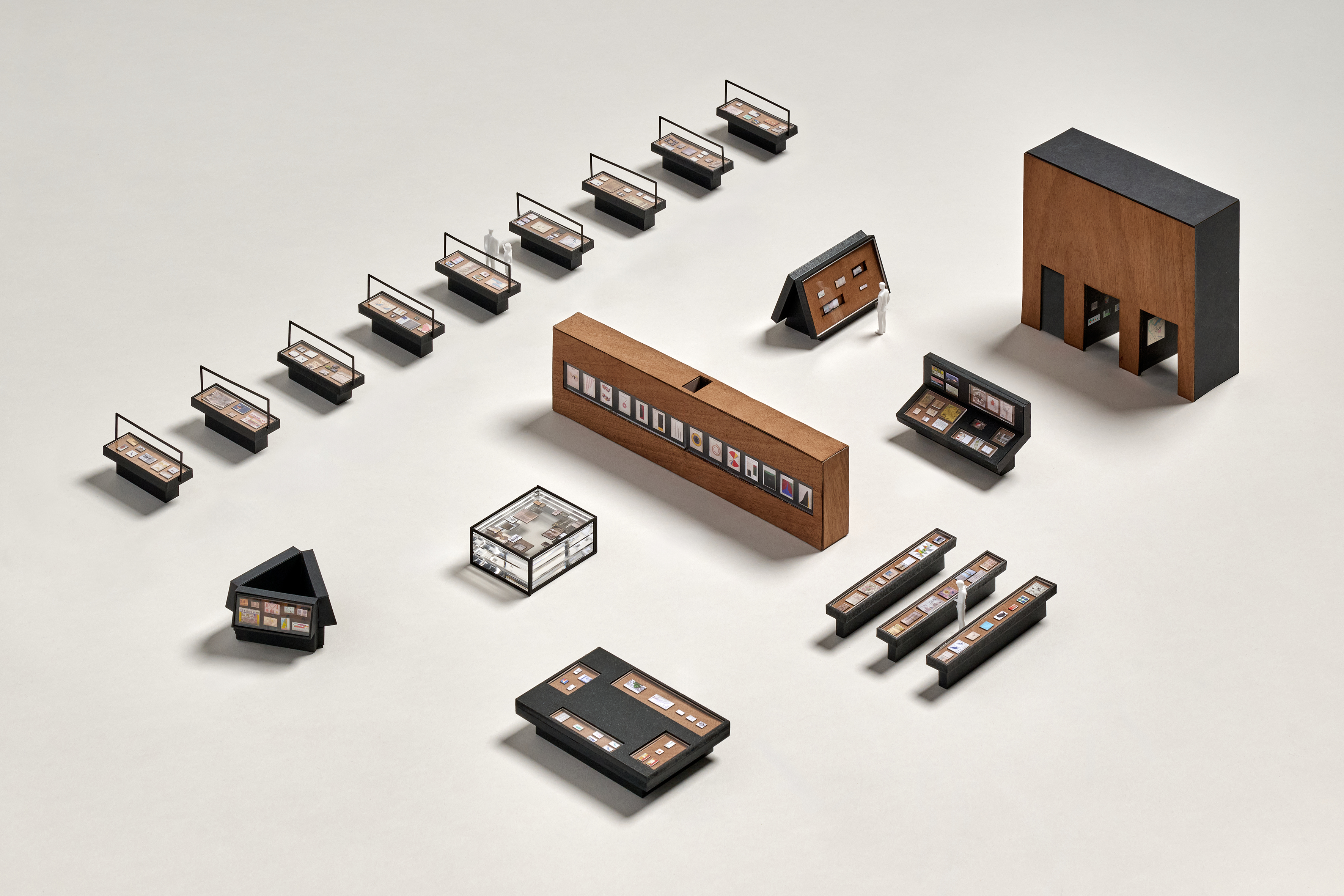
You will look long and hard for any OMA/AMO drawings at ‘Diagrams’, the new show at the Fondazione Prada event in Venice, even though it is curated by Rem Koolhaas, the practice’s lead partner. The foundation’s show, which coincides with the Venice Architectural Biennale 2025, does feature one image, amongst nearly 200, of the Scalo Farini masterplan for Milan by the Dutch studio. Other than that small moment, its work is absent from this wide-ranging, frequently stunning, always fascinating exhibition. One might have expected more.

Explore OMA/AMO’s ‘Diagrams’ at the Prada Foundation in Venice
At OMA in the 1980s, Rem Koolhaas and his early colleagues, such as Elia Zenghelis, incorporated the diagram into the wealth of drawing types used by architects to create work. Added to the repertoire of the section, plan and perspective, the diagram puts the focus on the building’s use or programme and how this might suit the user first and create form second. The Seattle Public Library’s wonky stack, for example, emerges from layers of different uses: public spaces on the lower floors, the book stack above, and the building’s admin capping it all. The De Rotterdam resulted from separating out multiple uses in a diagram and then bringing them together in a dramatic aggregated form.
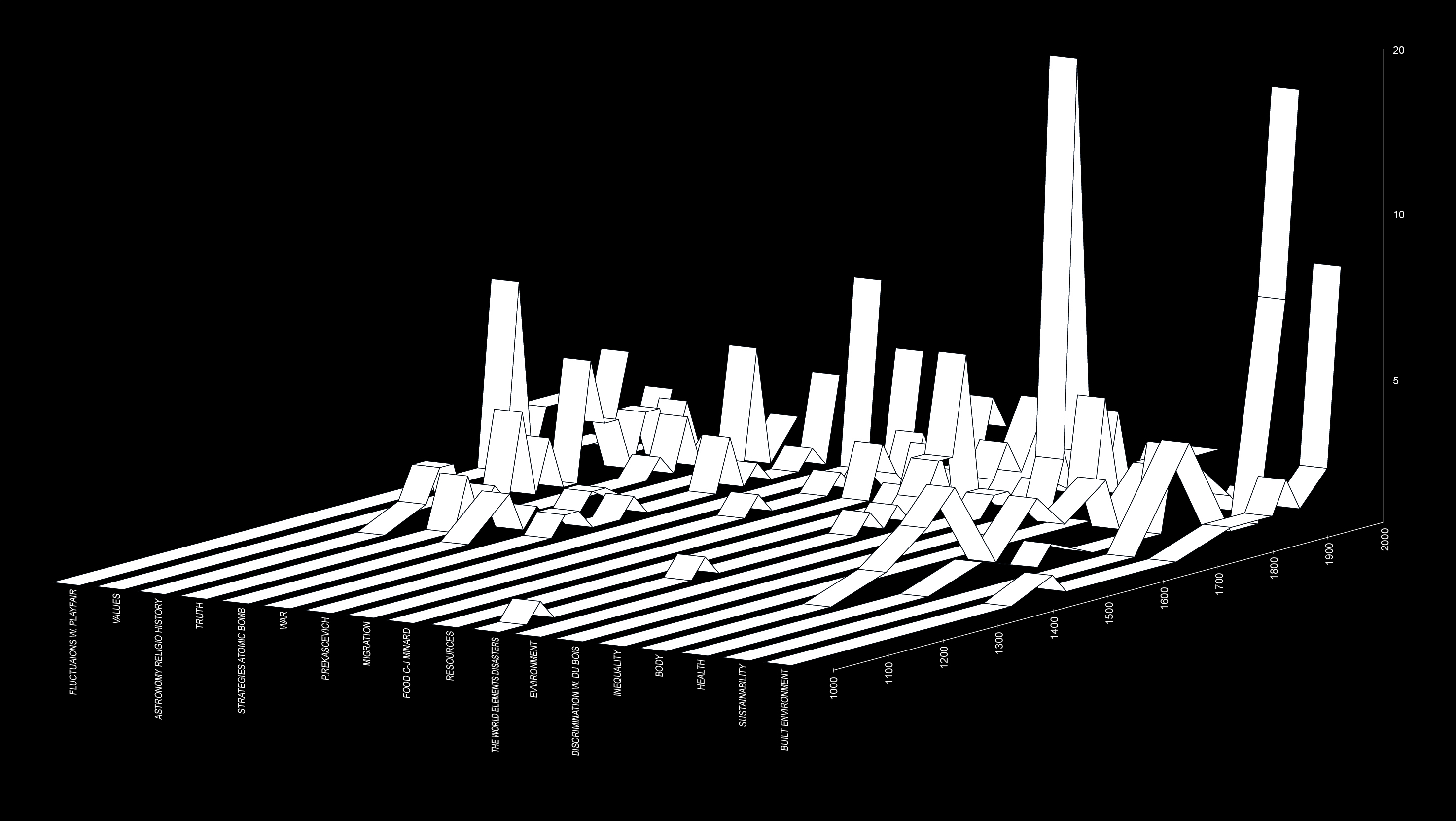
Timeline, 2025 / Distribution of diagrams on display by topic and year of production
The ‘Diagrams’ show, however, is a wider cultural history of the diagram, beginning in the early Renaissance and coming up to the present day, an expression of OMA’s affinity for the diagram rather than examples of the firm's use of it. An arrangement of troops in Machiavelli’s book, the Libro della arte della guerra (first published in 1521), is probably the oldest work in the exhibition; images of photovoltaic cell efficiency are perhaps the most recent. Koolhaas and fellow curator Giulio Margheri have arranged the historical documents into nine different 'urgencies' – the vital concerns of humanity, such as health, migration, inequality and resources. These themes are given an overview in identical vitrines in the central space on the first floor of the palazzo, with each room off that central space exploring the subject in more varied hangs. The war room, for example, has banked vitrines redolent of, well, a war room.

Elwin J. Woodward / Historic and prophetic diagram of the world: God’s plan of salvation for law breakers, 1912 / Colored lithograph, exhibition copy / David Rumsey Map Collection, David Rumsey Map Center, Stanford University Libraries
In previous exhibitions, such as the interesting but uneven ‘Countryside’ at the New York Guggenheim in 2020, Koolhaas included a series of awkward, unpalatable or banal images to prove a wider point. In ‘Diagrams’, these moments are kept to a minimum – interestingly, the ugliest diagrams are in the built environment section – providing not only an engrossing insight into the way humans communicate collective needs to each other, but also exemplars of panache, style and in some cases, beauty.
One of the most striking moments in the show is a series of 16 images by the Black activist and sociologist WEB Du Bois for the Paris Exposition in 1900. Not only do they convey the enormity of the massive social progress made after the abolition of slavery, but they are also remarkably clear and simple, proto-modernist somehow.
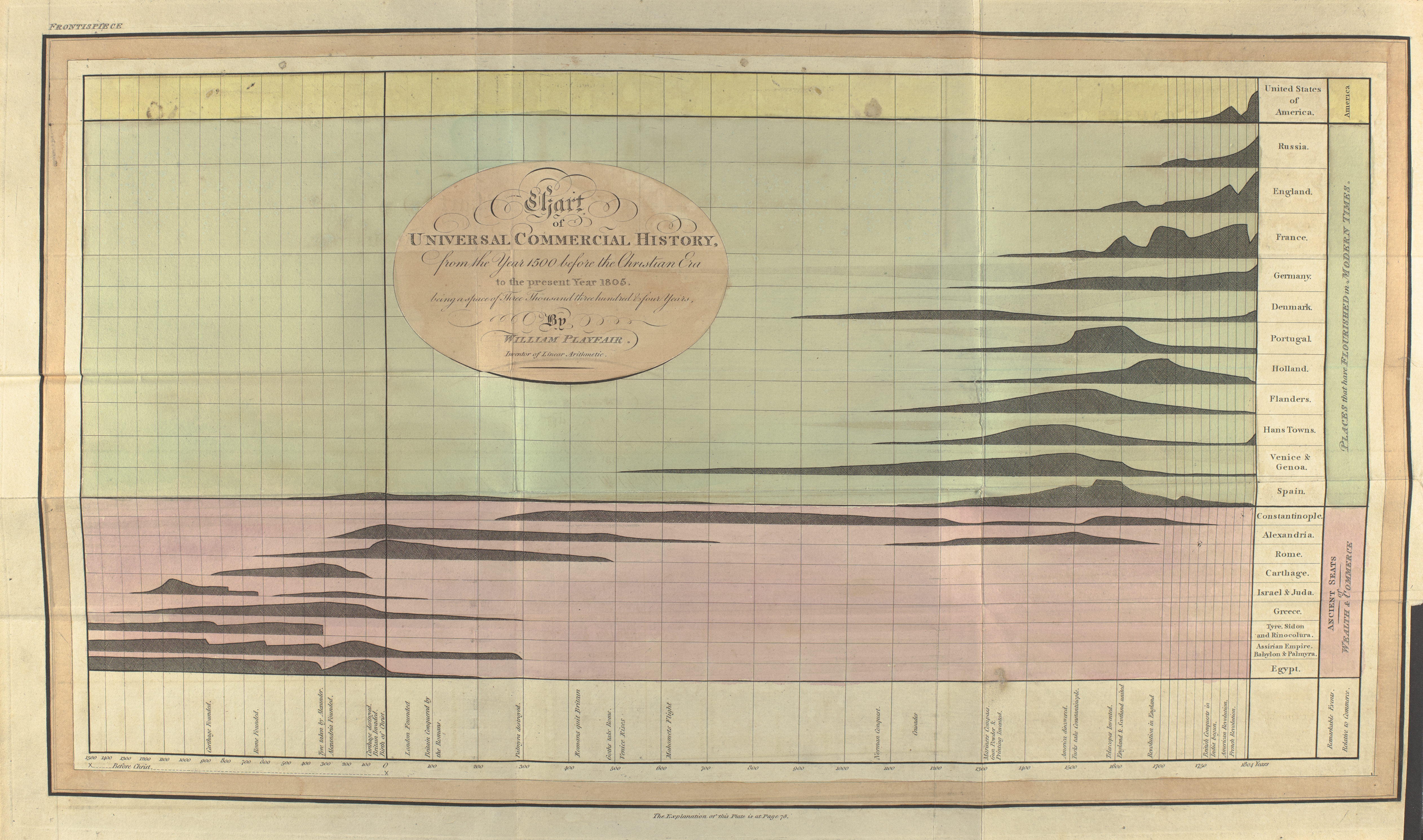
William Playfair / Universal commercial history from 1500 to 1805, 1805 / Printed book / In William Playfair, An Inquiry into the Permanent Causes of the Decline and Fall of Powerful and Wealthy Nations (London: W. Marchant printer, 1805) / STRONG ROOM OGDEN B 47, UCL Special Collections, London
There is a longer history to the aesthetic of the diagram, however. Koolhaas also suggests that modernism (and, presumably, modernist architecture) was the rise to aesthetic preeminence of an already existing way of thinking. The diagram, he explains in the catalogue, is 'a form of thinking that almost transcends aesthetic style or period'.
Often, there is a strange combination of absolute bathos to the clarity. In 1869, Charles-Joseph Minard depicted the losses of the French army during Napoleon’s Russian campaign in 1812–13 as a thick black line leaving Paris. As men die on the road to Moscow, the line thins and narrows until it returns to Paris a mere thread. Designers use beauty to convey often ugly things.
Receive our daily digest of inspiration, escapism and design stories from around the world direct to your inbox.
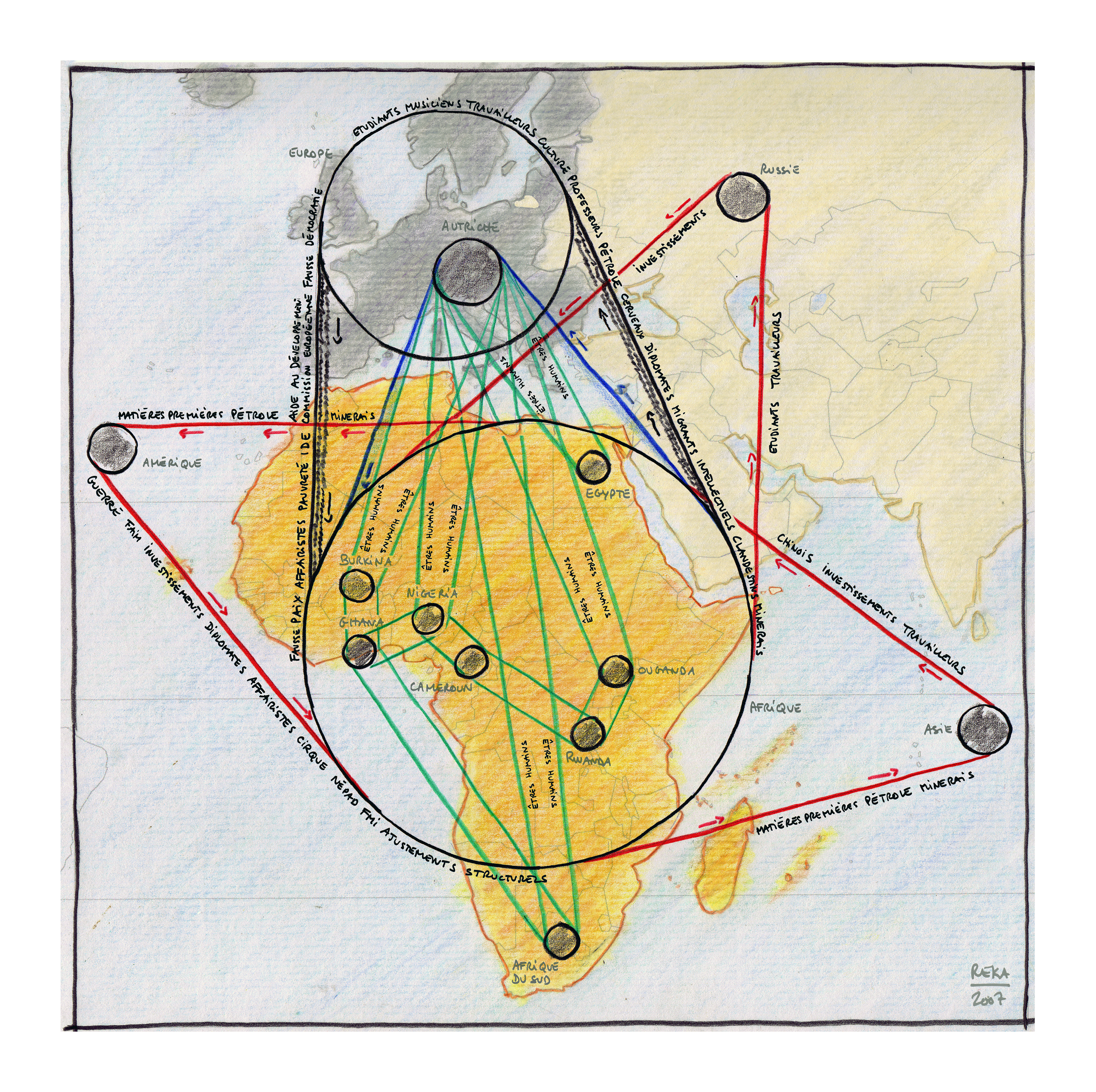
Philippe Rekacewicz / The African big wheel, 2007 / The wheel symbolizes permanence and continuity in the context of a profoundly unequal exchange, drawing, color pencil and ink, exhibition copy / Courtesy Philippe Rekacewicz
There is much to unpack in this wonderful show, curated with sensitivity but also clear admiration for the work selected, born from OMA/AMO’s internal understanding of the power of a good diagram. The thematic organisation highlights the hidden purposes behind the apparently neutral arrangement and display of material in the diagram, as does the focus on authorship. There are clusters of work by Minard and Du Bois, but also others: the economist William Playfair and the cartographer Philippe Rekacewicz, for example. Together, though, this is an absolute must-see if you are visiting Venice for the 2025 biennale.
Tim Abrahams is an architecture writer and editor. He hosts the podcast Superurbanism and is Contributing Editor for Architectural Record
-
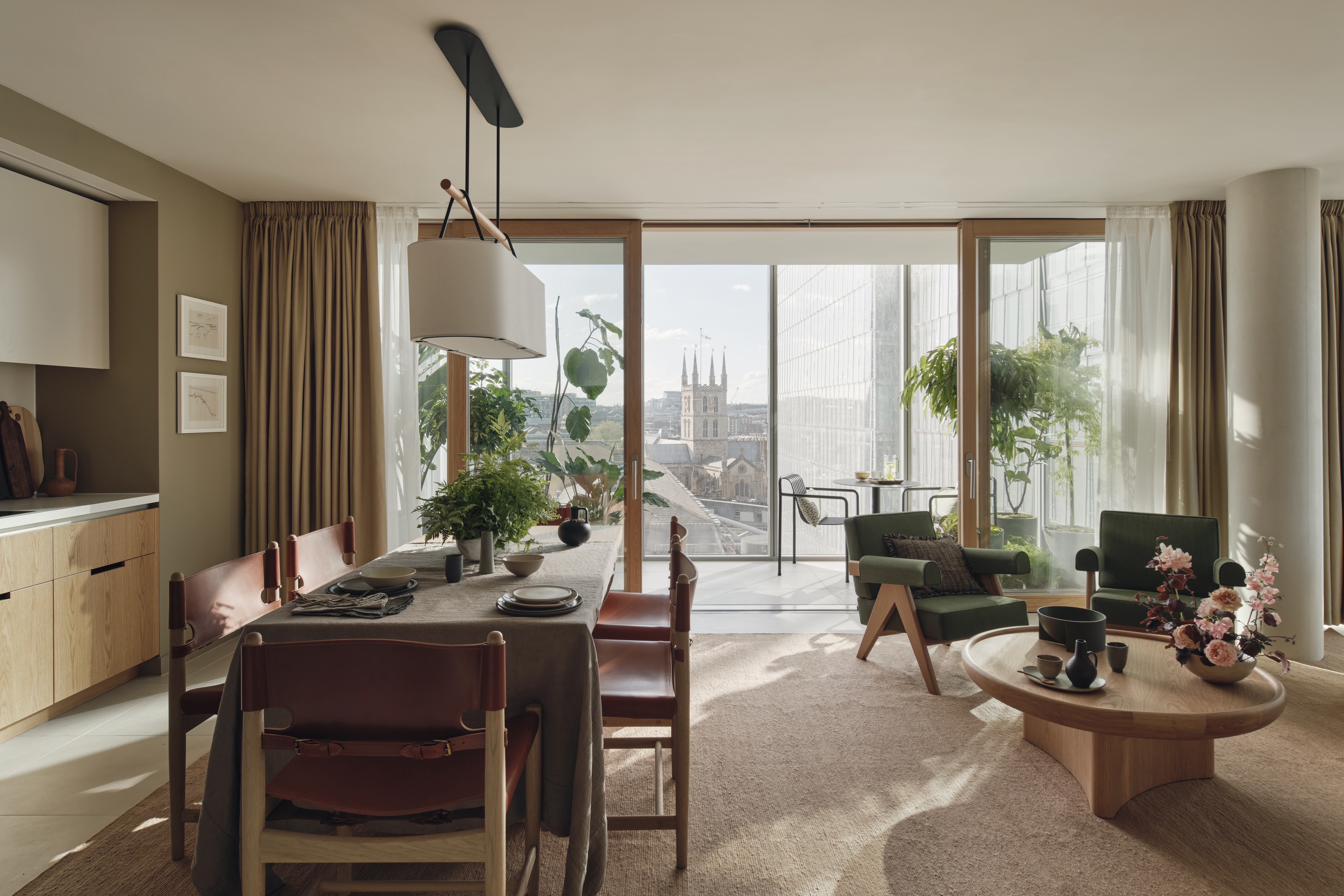 Shard Place offers residents the chance to live in the shadow of London’s tallest building
Shard Place offers residents the chance to live in the shadow of London’s tallest buildingThe 27-storey tower from Renzo Piano Building Workshop joins The Shard and The News Building to complete Shard Quarter, providing a sophisticated setting for renters
-
 The Bang & Olufsen-powered Spaceshop enables Vollebak to boldly go into the future of retail
The Bang & Olufsen-powered Spaceshop enables Vollebak to boldly go into the future of retailCult clothing brand Vollebak reaches for the stars with this cross-disciplinary take on the traditional pop-up, a ‘Spaceshop’ that brings together science fiction, science fact and showmanship
-
 Despite moments of beauty, the ‘Hot Milk’ film adaption drifts aimlessly
Despite moments of beauty, the ‘Hot Milk’ film adaption drifts aimlessly‘Hot Milk’, adapted from Deborah Levy’s 2016 Booker-shortlisted novel, marks Rebecca Lenkiewicz’s directorial debut
-
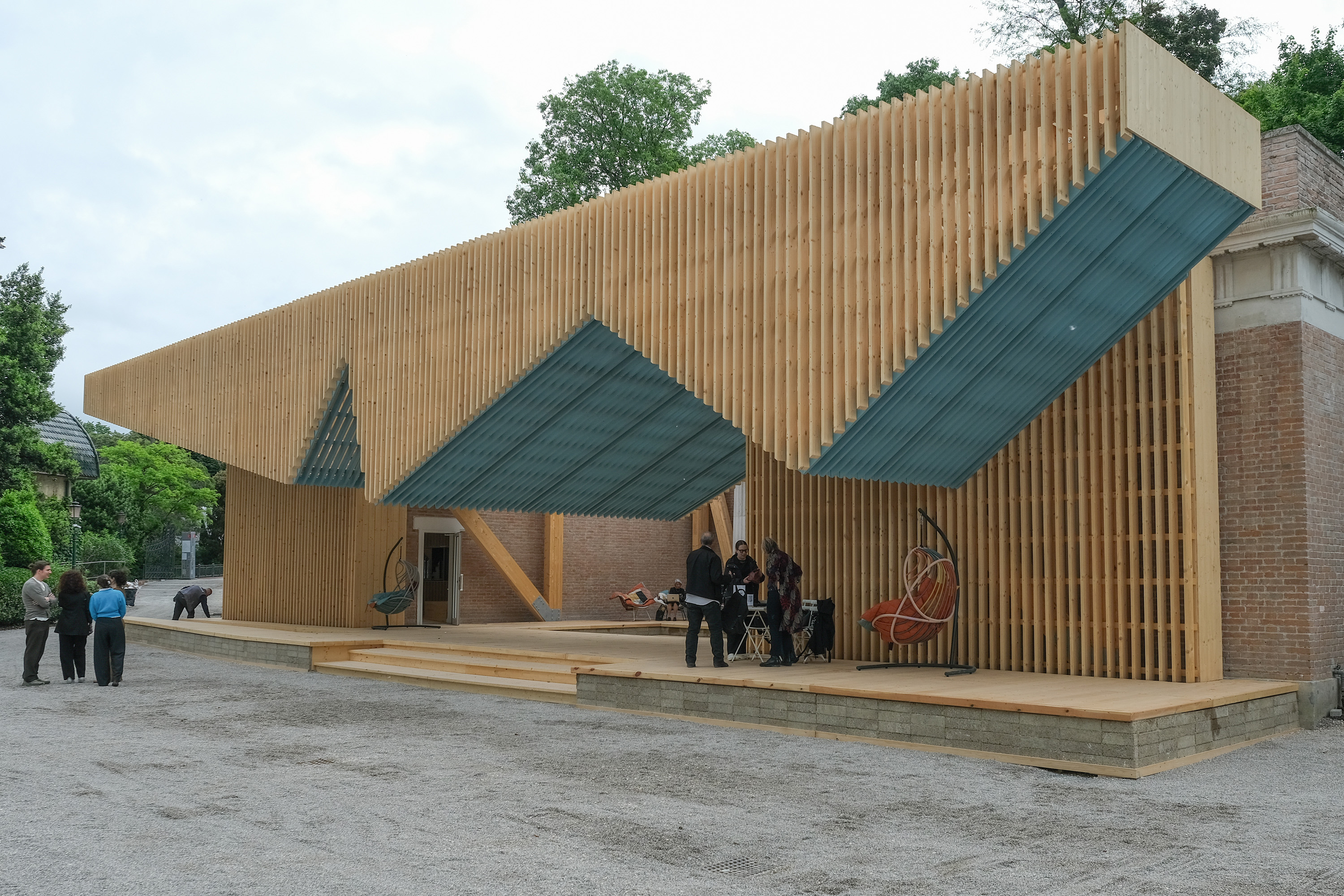 Want to be a Venice pavilion commissioner? Bring ideas – and your Rolodex
Want to be a Venice pavilion commissioner? Bring ideas – and your RolodexThe impressive showings of the USA's Venice pavilion in the Giardini belie the ambitious fundraising efforts that underpin them. Past and present curators tell us how it works
-
 A mesmerising edition of The Dalmore Luminary Series is unveiled in Venice
A mesmerising edition of The Dalmore Luminary Series is unveiled in VeniceThe Dalmore Luminary Series sculpture No.3 by Ben Dobbin of Foster + Partners, co-curated by V&A Dundee, launches in Venice during the 2025 Architecture Biennale
-
 How was Carlo Ratti’s ‘Intelligens’? Wallpaper* editors discuss the 19th Venice Biennale
How was Carlo Ratti’s ‘Intelligens’? Wallpaper* editors discuss the 19th Venice BiennaleHaving visited ‘Intelligens’, the 19th Venice Biennale's main show by curator Carlo Ratti, the Wallpaper* editors discuss what they saw at the world's biggest global architecture festival
-
 A Venice sneak peek into the new Fondation Cartier pour l’art contemporain by Jean Nouvel
A Venice sneak peek into the new Fondation Cartier pour l’art contemporain by Jean NouvelA new home for Fondation Cartier pour l’art contemporain by Jean Nouvel will open later this year in Paris; in the meantime, the Venice Architecture Biennale 2025 offered the perfect platform for a sneak preview of what's to come
-
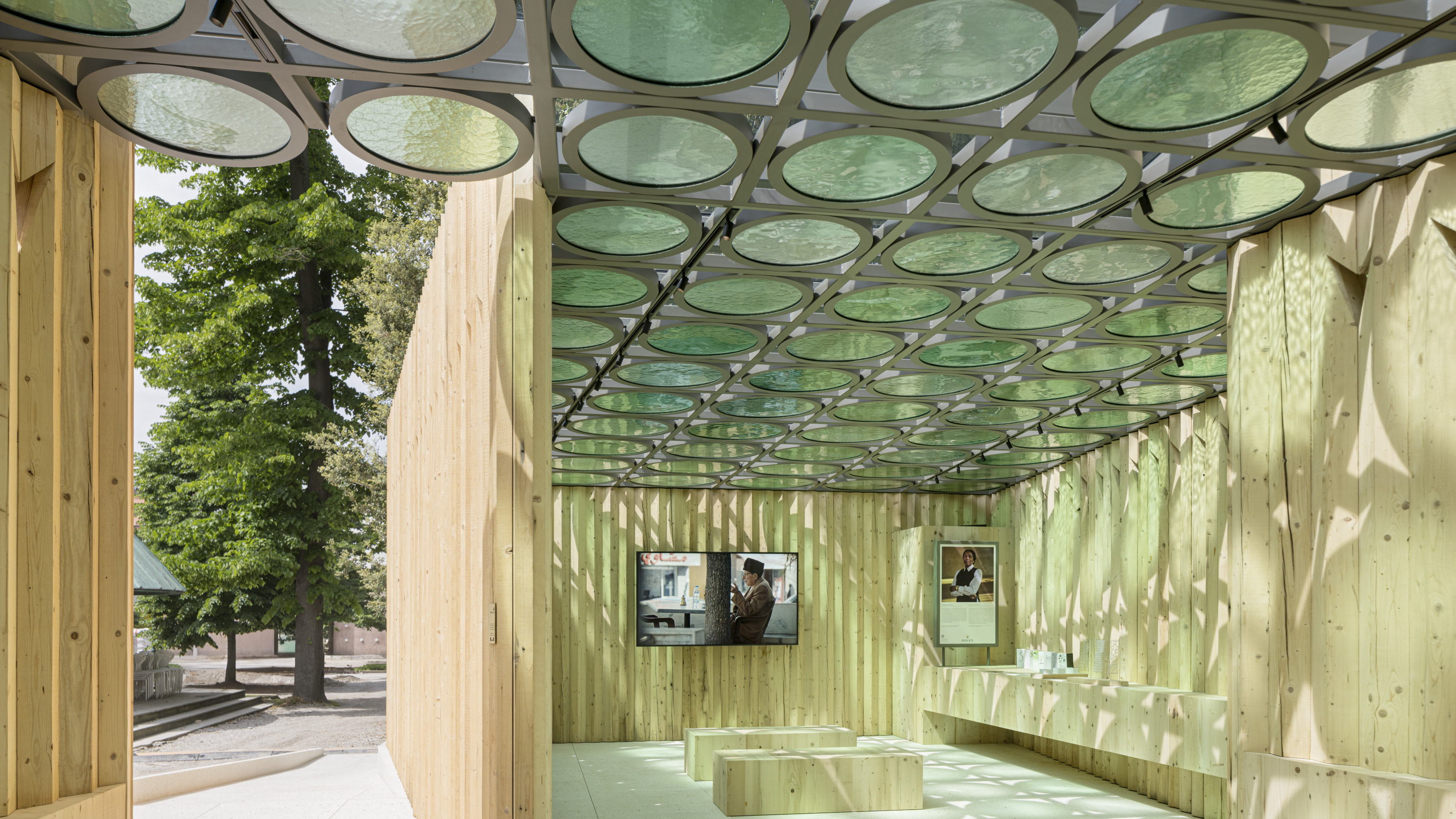 Sustainability underpins new Rolex Pavilion at the Venice Architecture Biennale
Sustainability underpins new Rolex Pavilion at the Venice Architecture BiennaleDesigned by architect Mariam Issoufou, the Rolex Pavilion is full of sustainably-minded soul – here’s what to expect from the building and the exhibit
-
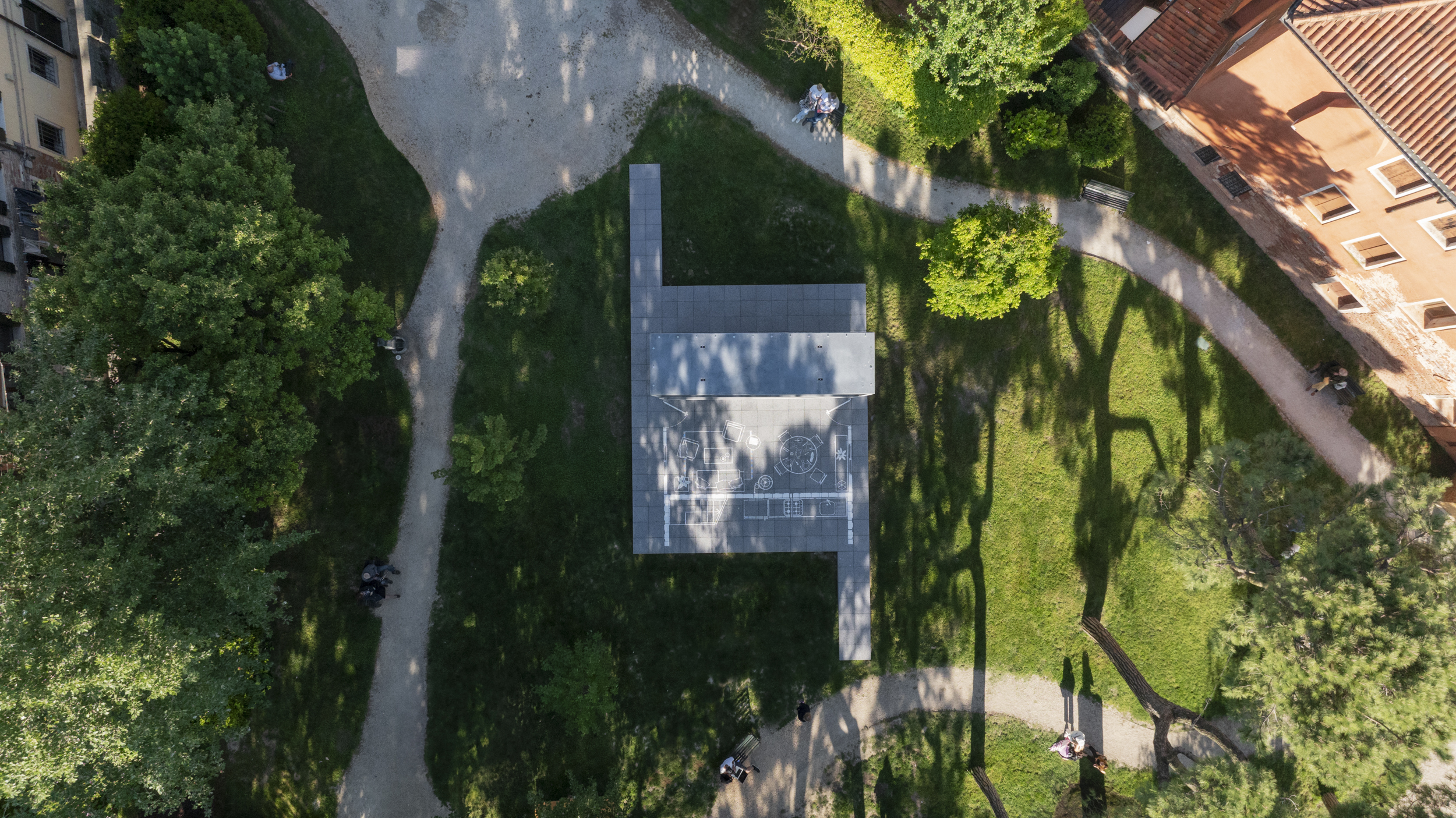 Holcim and Alejandro Aravena reveal sustainable housing unit in Venice
Holcim and Alejandro Aravena reveal sustainable housing unit in VeniceThe construction company and the Chilean architect launch innovative carbon-sink technology for housing at the Venice Architecture Biennale
-
 Enter the world of Cave Bureau, and its architectural and geological explorations
Enter the world of Cave Bureau, and its architectural and geological explorationsNairobi practice Cave Bureau explores architecture’s role in the geological afterlives of colonialism, as part of a team exhibiting at the British pavilion at the Venice Architecture Biennale 2025
-
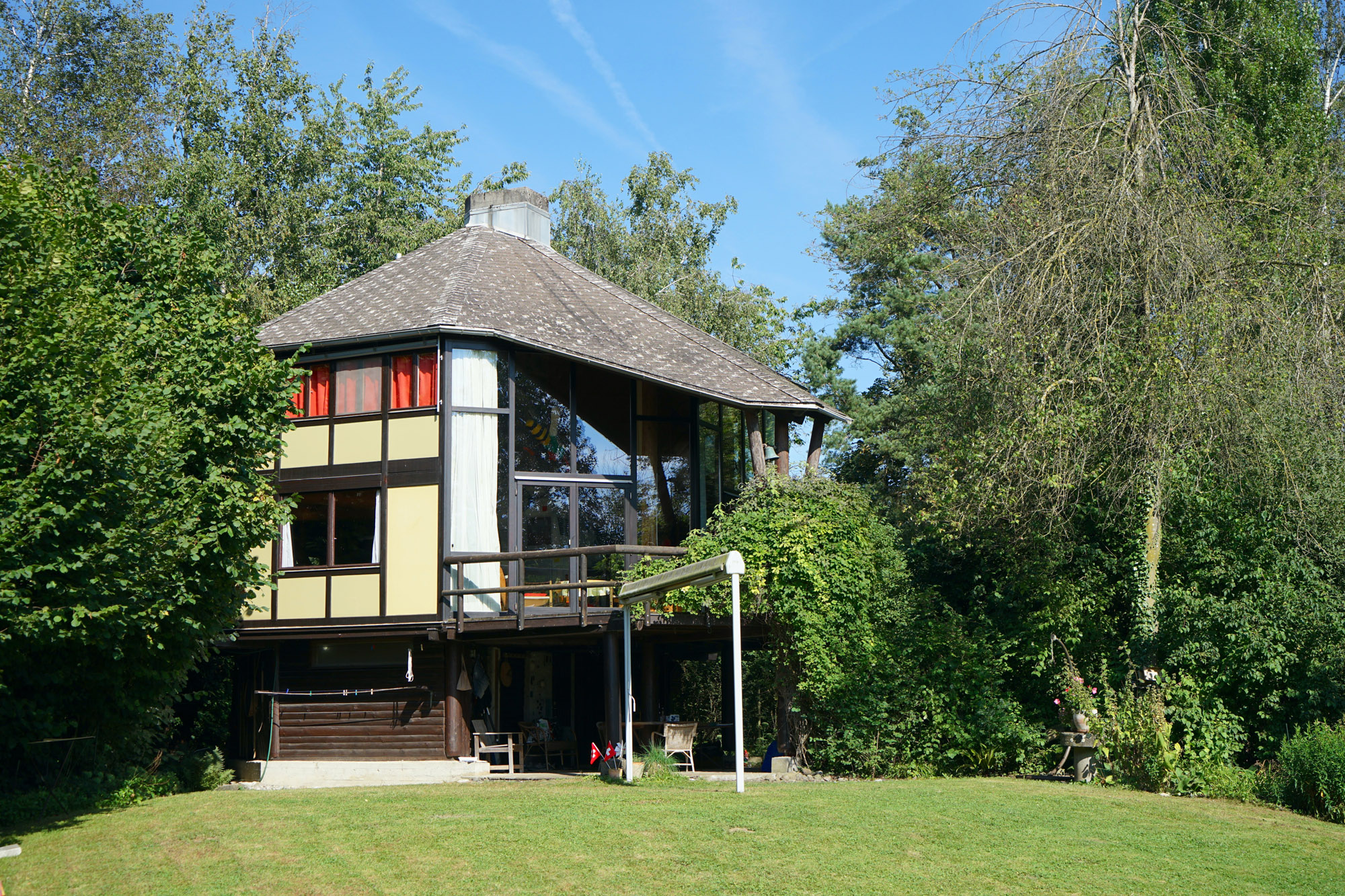 Meet Lisbeth Sachs, the lesser known Swiss modernist architect
Meet Lisbeth Sachs, the lesser known Swiss modernist architectPioneering Lisbeth Sachs is the Swiss architect behind the inspiration for creative collective Annexe’s reimagining of the Swiss pavilion for the Venice Architecture Biennale 2025